
Danielle Smith says separation is about alienation. It’s really about oil
Danielle Smith’s separation rhetoric has been driven by the oil- and secession- focused Free Alberta...
In the summer of 2000, Mi’kmaw fishers from Esgenoôpetitj, or Burnt Church First Nation, took to the waters of Miramichi Bay, in New Brunswick, each small boat carrying a cache of lobster traps. The community was elated. A national court decision made the previous summer had affirmed their rights as Mi’kmaq to support themselves through fishing. Although the weather was calm, the situation quickly deteriorated.
Federal fisheries officers in powerful enforcement vessels surrounded the fishers, several times swamping the smaller boats and sending the occupants into the water. As tensions grew, non-Indigenous commercial fishers demanded that Fisheries and Oceans Canada, also known as DFO, pull Indigenous fishers’ traps, or threatened to do so themselves. For several nights in a row, both Indigenous and non-Indigenous people reported being shot at from boats on the other side of a divide that would prove to be about much more than fish.
Atlantic Canada is home to the country’s most lucrative fisheries, including lobster — with an export value of $3.2-billion in 2021 — and young American eels, or elvers, which can sell for $5,000 per kilogram. But in 1999, the Supreme Court decision changed who could take a slice of this profitable pie.
The court ruled in the case of Donald Marshall Jr. from Membertou First Nation in Nova Scotia. Marshall had been arrested in 1993 for catching and selling adult eels without a license and for harvesting outside the commercial fishing season. When the Supreme Court acquitted Marshall, six years later, the decision hinged on his Treaty Rights as an Indigenous person. Beyond acquitting him, the ruling — known as the Marshall decision — legally affirmed the rights of individuals belonging to 35 Mi’kmaq, Wolastoqey and Peskotomuhkati First Nations to earn a living by fishing.
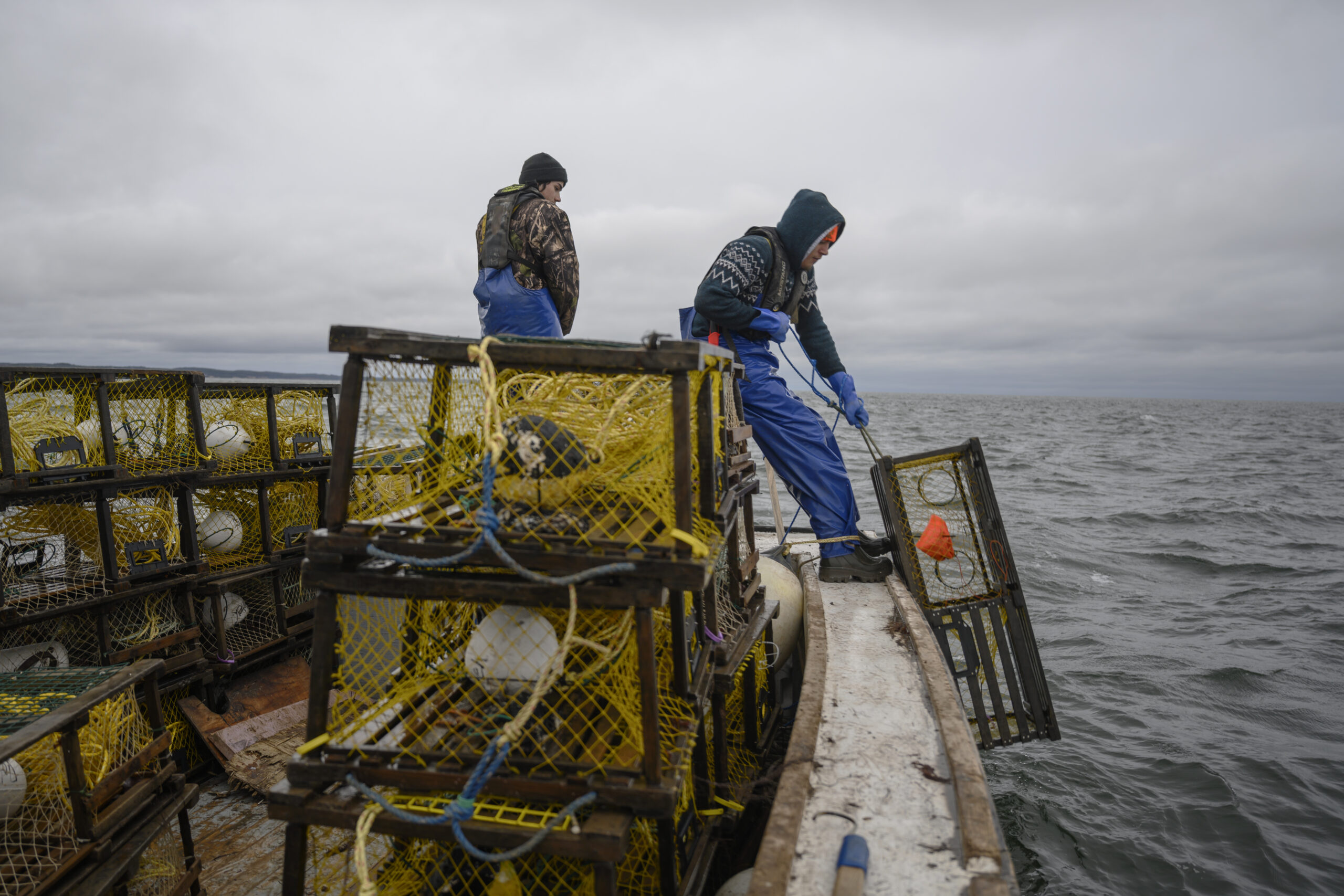
The violence that followed in Miramichi Bay lasted into the early 2000s. The Lobster Wars, as the conflict became known, were the first sign that implementing the Marshall decision would not go smoothly. But in the decades since, tensions have flared again and again, including in late 2020, when lobster fishers from Sipekne’katik First Nation faced similar violence in southwest Nova Scotia. In April 2023, Fisheries and Oceans Canada closed the elver fishery early after a series of altercations, including one person allegedly hitting a fisher with a metal pipe. Then, in August, four people allegedly stole a crate of lobster from a wharf in southwest Nova Scotia, dumped the contents and threw the empty crate at its owner, a fisher from Sipekne’katik.
Responding to the ongoing conflict, a committee of Canadian senators released a report in 2022 titled “Peace on the Water.” The report found that since the Marshall decision, Fisheries and Oceans Canada has failed to ensure that the 35 First Nations can fish according to their Treaty Rights. And this failure, the report notes, has set the stage for violence.
The conflict started with fish, but it ultimately reaches to the heart of how Canada recognizes First Nations’ rights and sovereignty. The underlying issues are complex, tied to the history of treaty relations, the region’s ecology and economics, and ongoing racism toward Indigenous people. These pose challenges that are not easily resolved. But the federal government’s approach is not working. Almost 25 years after the Marshall decision, why are Indigenous communities still waiting for their fishing rights to be implemented? To help answer the question, we need to understand the obstacles.
With the Marshall decision, a central devil has always been in the details. In 1760 and 1761, the British signed written agreements with Indigenous nations in what are now known as the Canadian Maritimes and the northeastern United States. The Peace and Friendship Treaties secured First Nations’ hunting, fishing, and land-use rights and, crucially, guaranteed that Indigenous people could trade for “necessaries.”
For centuries, colonial governments largely ignored, overlooked or deliberately suppressed these rights. In the Marshall decision, the Supreme Court interpreted the treaties to mean that Mi’kmaw, Wolastoqey and Peskotomuhkati people today have the right to earn a “moderate livelihood” from fishing. This means fishers can make enough money to cover things such as clothing, food, housing and other amenities but can’t amass unlimited wealth. (When Indigenous people exercise this Treaty Right to fish, these activities are sometimes known as “rights-based” fisheries or, in reference to the wording of the Marshall decision, “moderate livelihood” fisheries.)
According to the court’s ruling, members of the nations that signed the 1760–61 treaties can fish year round and sell what they catch. But what level of income counts as “moderate” — and how people should be able to earn it — has never been fully defined. That lack of clarity has plagued negotiations and poisoned relationships between Indigenous and non-Indigenous fishers ever since.
Chris Milley, a resource management expert and former director at Mi’kmaw organizations in Prince Edward Island and Nova Scotia, says Fisheries and Oceans Canada has been reluctant to assign “moderate” a number — either in monetary value or fishery quota.
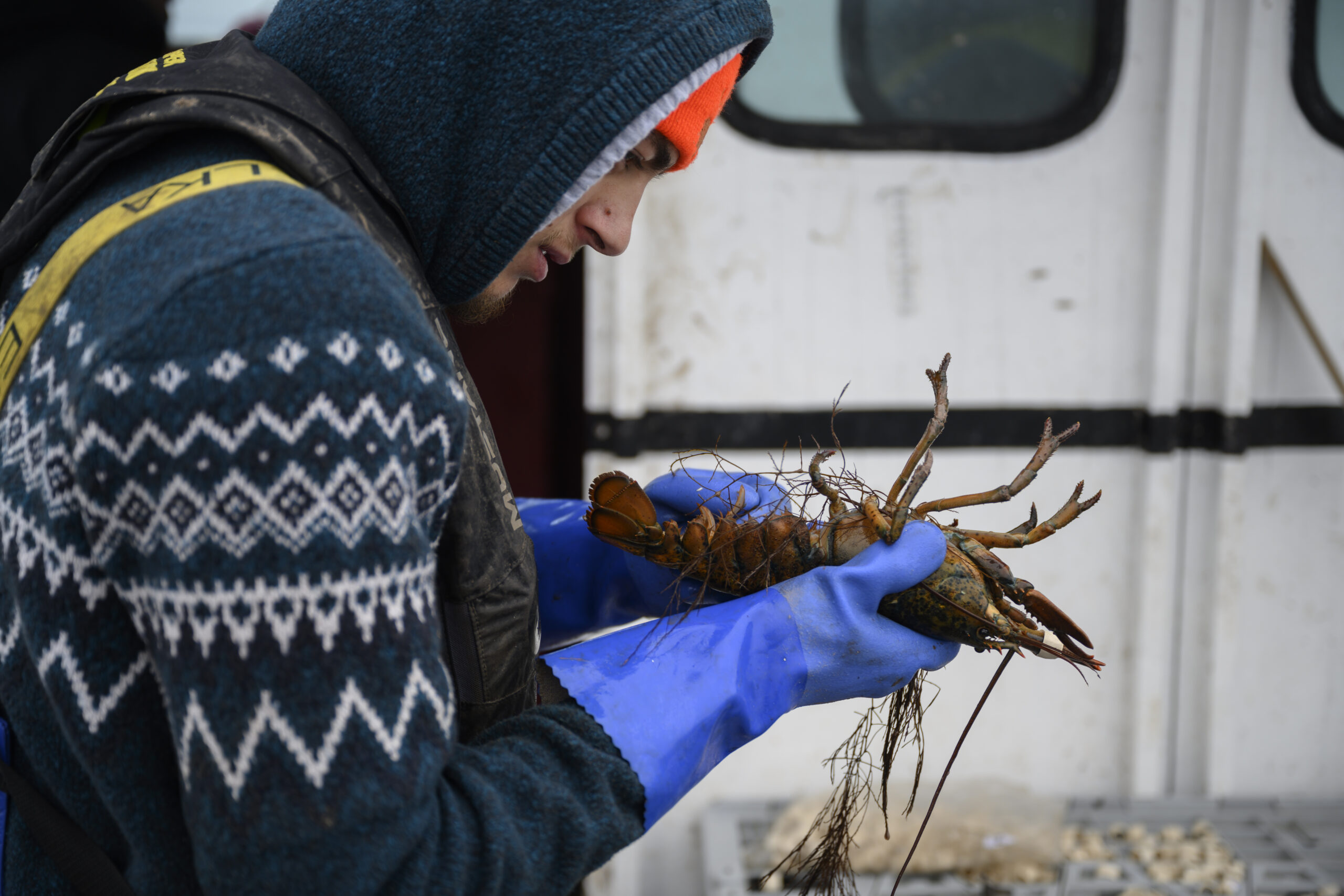
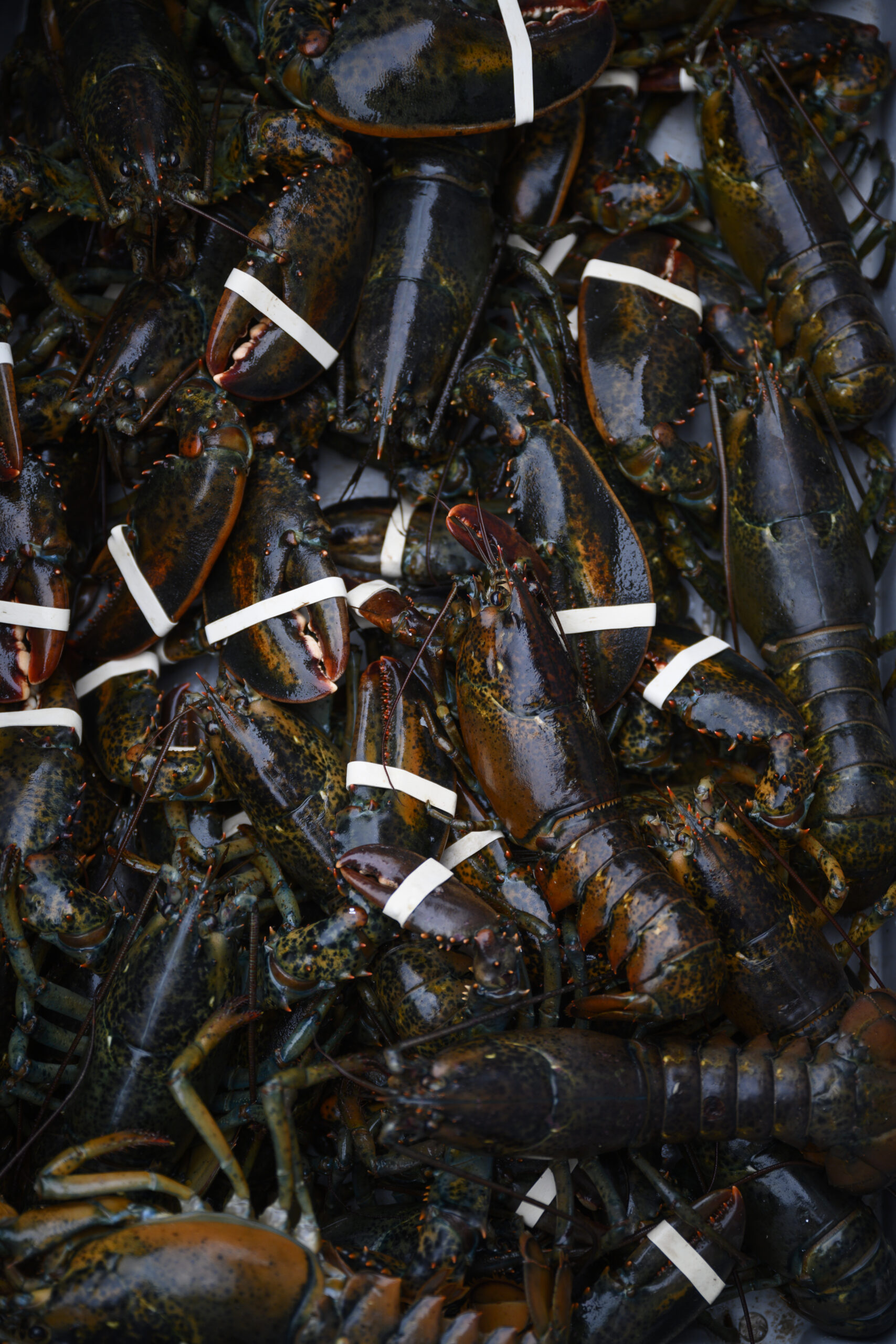
Indigenous fishers say that pegging the right to a specific income is problematic, given that operating costs, such as the cost of boat fuel, and sales revenue for commodities like lobster can fluctuate. Additionally, what covers someone’s basic needs depends on their circumstances, says Shelley Denny, a senior adviser for the Unama’ki Institute of Natural Resources in Cape Breton, Nova Scotia.
So far, though, “the focus has been … on the ‘moderate’ of the moderate livelihood,” Denny says, “meaning limiting Indigenous peoples, ensuring they don’t make money like a [non-Indigenous] commercial fisher.”
On the West Coast of Canada, First Nations have also seen their right to make money from fishing curtailed. In 2018, British Columbia’s Supreme Court ruled that five Nuu-chah-nulth nations — who never signed treaties with the Crown — have the right to sell fish, based on their long history of harvesting and trading seafood before Europeans showed up. But the court limited Nuu-chah-nulth fishers to using smaller boats than other commercial harvesters. The B.C. Court of Appeal revoked those limitations in 2021. Across Canada, though, the protracted fight to sell fish — and the prosecution of Indigenous fishers who do so — has amplified tensions around First Nations’ fisheries.
If there’s one word that sums up the moderate livelihood issue in Atlantic Canada, it’s mistrust. “It’s the water we’re swimming in right now,” says Rick Williams, a policy consultant, Nova Scotia’s former deputy minister of policy and priorities, and co-editor of a 2022 book on First Nations’ fisheries.
For decades, Indigenous fishers have exercised their Treaty Right to fish outside commercial fishing seasons, licenses and quota. (This is what Donald Marshall Jr. was doing when he went fishing for eels in 1993.) But the consequences have, at times, been severe. Since the 2020 conflict around the Sipekne’katik lobster fishery, Fisheries and Oceans Canada enforcement officers have continued to seize traps and charge harvesters for fishing without authorization. Because Mi’kmaw, Wolastoqey and Peskotomuhkati people have the legal right to fish, each of these run-ins fuels mistrust. In early 2023, a Nova Scotia judge dismissed charges that Fisheries and Oceans had levied against three Sipekne’katik fishers. And in July, the Sipekne’katik Nation sued Fisheries and Oceans Canada for confiscating lobster traps from the community’s moderate livelihood fishery. Since then, the department has seized hundreds more traps from the nation’s members.
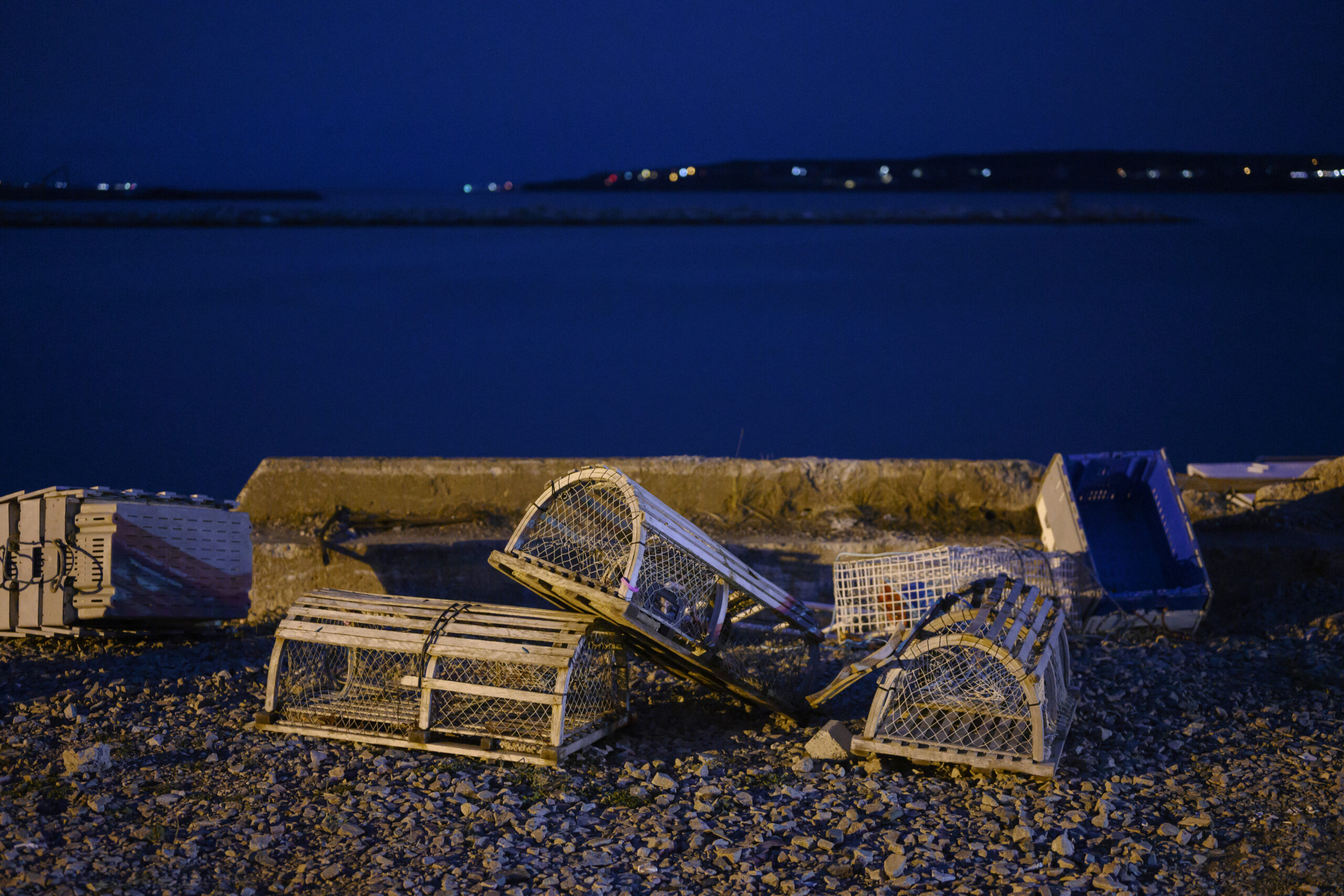
“The same group that is on the water, hauling our nets, arresting our people, that’s the government department that we’re supposed to sit down with and negotiate our rights,” says George Ginnish, chief of Natoaganeg First Nation and cochair of Mi’gmawe’l Tplu’taqnn, a non-profit organization representing Mi’kmaw nations in New Brunswick.
Since the Marshall decision, Fisheries and Oceans has tried multiple times to carve out space for moderate livelihood fishing by encouraging First Nations to enter the existing commercial system. Very few Indigenous people were allowed to fish commercially before the Supreme Court decision; getting to participate is a huge financial opportunity for cash-strapped communities. (However, Fisheries and Oceans retains ultimate decision-making power over the commercial industry. What nations want is to manage their own fisheries, independent of the Canadian government. More on that below.)
In the 2000s, for instance, Fisheries and Oceans spent more than $550-million subsidizing nations with licenses, as well as commercial fishing gear and the training to use it. This approach was pitched as a temporary way to get First Nations fishing while the government figured out a permanent solution to implementing Treaty Rights. Over 20 years later, though, Fisheries and Oceans “is trying to say, ‘Well, maybe this is an implementation of the rights,’ ” says Ken Paul, lead fisheries negotiator for the Wolastoqey Nation in New Brunswick. Meanwhile, communities continue to struggle with high rates of poverty and unemployment, Paul says, which erodes their faith in the process and raises doubts about the government’s commitment to Indigenous rights.
In 2017, Fisheries and Oceans Canada began signing Rights Reconciliation Agreements with individual nations. These agreements also provide commercial licenses and fishing quota, but sweeten the deal by offering First Nations the opportunity to weigh in on the department’s management decisions. In return, though, Indigenous leaders say, the agreements require nations to cease moderate livelihood fishing and fish only during the commercial season — a prospect that has deterred many communities from signing. For those who have signed, such as Listuguj Mi’gmaq First Nation in Quebec, the agreement also specifies that the nation will not take the government to court over treaty fishing rights for five years.
Fisheries and Oceans Canada negotiator Jim Jones told media in 2019 that Rights Reconciliation Agreements recognize that First Nations have the right to fish in pursuit of a moderate livelihood but avoid getting into how that right is defined. The intent, Jones said at the time, is to increase First Nations’ access to fish. In a separate statement, the department said that the agreements “aim to outline how we can work together to collaboratively manage fisheries to ensure stability and predictability, for the benefit of everyone.”
Since 2021, Fisheries and Oceans Canada has reached a new kind of arrangement with 15 First Nations to deal with moderate livelihood fishing. These understandings allow communities to create harvesting plans and fish without fear of interference from the federal department — as long as they do so during the commercial season with departmental authorization. So far, this strategy appears to have reduced tensions with non-Indigenous lobster fishers in many parts of the region — though not in the country’s most lucrative lobster fishing area, LFA 34.
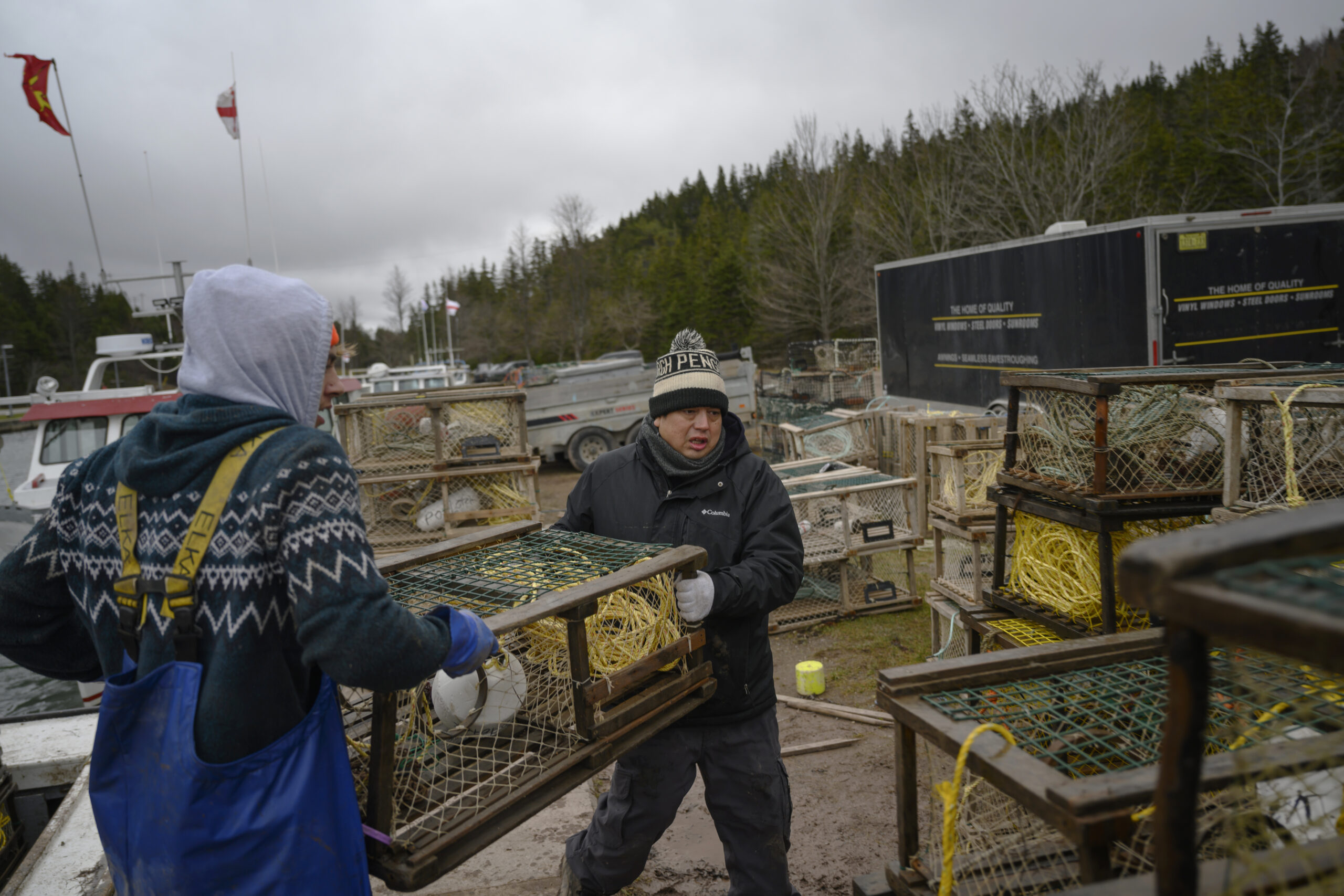
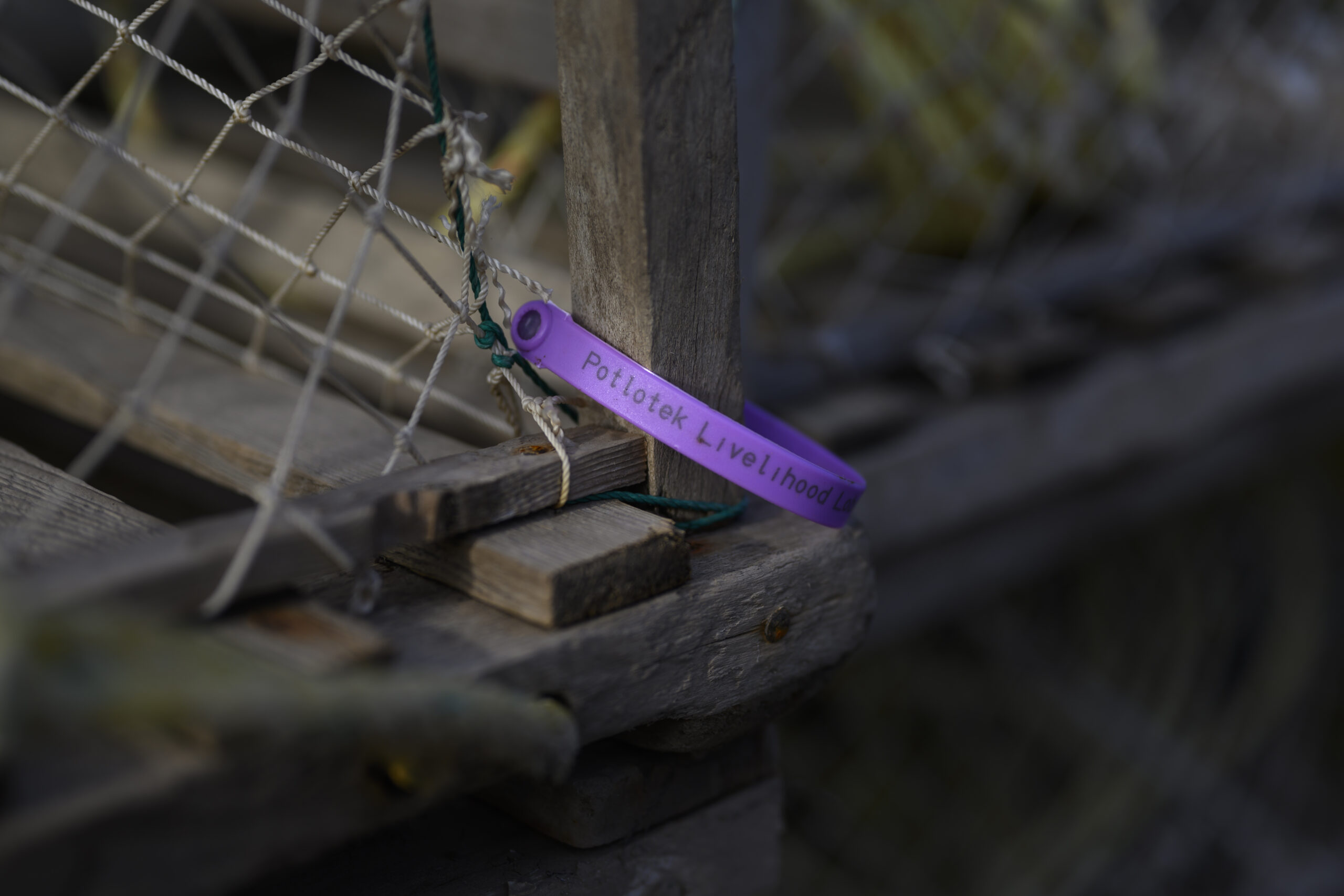
In August, two members of Canadian parliament from Nova Scotia called on Fisheries and Oceans Canada to crack down on lobster “poaching” in LFA 34, where members of Sipekne’katik were fishing. The commercial lobster season opens there in November.
Meanwhile, the province of Nova Scotia recently announced that it will increase the fine for buying lobster caught outside the commercial season from $100,000 to $1 million — a penalty that will further stymy Mi’kmaw fishers’ ability to sell their catch.
Overall, the federal government’s approach — making agreements and issuing fishing licenses community by community — has fostered inequality between First Nations. The divisive tactic has affected how strongly each community can negotiate and the financial investment that each has received, even though they all hold the same rights under the Peace and Friendship Treaties. “They basically undermined the [First Nations’] collective efforts,” says Ginnish. “If they really want peace on the water, there has to be equity.”
Hanging over tensions between First Nations and government is the influence of the fishing industry. Commercial fishing associations have publicly expressed support for the Marshall decision and reconciliation, but these groups generally want Indigenous fishers moved into the commercial fishery. Attempts to fish outside that system are often decried as unfair.
“Everybody wants to move things forward in a peaceful way that’s going to protect the fishery and build relationships that are robust and sustainable and friendly,” says Milley, the former director of several Mi’kmaw organizations. But in trying to make everyone happy, including non-Indigenous commercial fishers (many of whom have also been fishing for generations), the result is that no one is satisfied, he says.
Over the past two decades, the Canadian government has purchased licenses from non-Indigenous fishers who want to sell and has given them to First Nations communities—an approach known as “willing buyer–willing seller.” But there have been unintended consequences. For one, “the Marshall decision bumped up fisheries license costs hugely,” says Susanna Fuller, vice president of conservation and projects with Oceans North, a marine conservation organization. The cost of a lobster license has reportedly climbed as high as $1.8-million—an increase for which the government’s buy-back program is only partially responsible. That exorbitant price tag has made it more difficult for young Maritimers who are not Indigenous to enter the fishery. But it also means that the commercial fishing industry is making money off the government’s current approach for negotiating with First Nations. “That’s not a good use of funds, if we’re really working on reconciliation,” says Fuller.
In 2022 and 2023, Fisheries and Oceans Canada took a different tack, commandeering 14 percent of the elver quota from non-Indigenous fishers without compensation and giving it to First Nations. The department claimed the license holders were asking too much; license holders were furious. Fearful that the government might do the same in other fisheries, non-Indigenous fishers asked the federal court in March 2023 to determine whether the minister’s decisions to redistribute quota were reasonable. In August, the court upheld Fisheries and Oceans Canada’s decision for the 2022 season, but the legal process for 2023 is ongoing.
Whatever the court decides, Fuller says the situation shows the limitations of trying to implement the Marshall decision through the commercial industry. The Canadian government can’t address moderate livelihood fishing with just money, licenses, or fishing quota, Fuller says.
Indigenous rights go well beyond a lobster or a baby eel; instead, the fundamental concern is sovereignty.
Under Canada’s Fisheries Act, Fisheries and Oceans has authority over managing fisheries. But the Supreme Court based the Marshall decision on Section 35 of the Canadian Constitution. Section 35 enshrines Indigenous peoples’ right to self-government, which includes authority over the use of natural resources.
Denny, with the Unama’ki Institute of Natural Resources, says that while the definitional questions around the Marshall decision have posed challenges, it’s the question of governance authority that has always been more foundational.
“The bigger issue is really about legitimacy,” says Denny. “For the Mi’kmaq, they don’t consider the federal way of regulating fisheries as legitimate for Indigenous fishers. And vice versa, the federal government and the provincial governments don’t consider a self-governing fishery that appears to be unregulated as legitimate for them.”
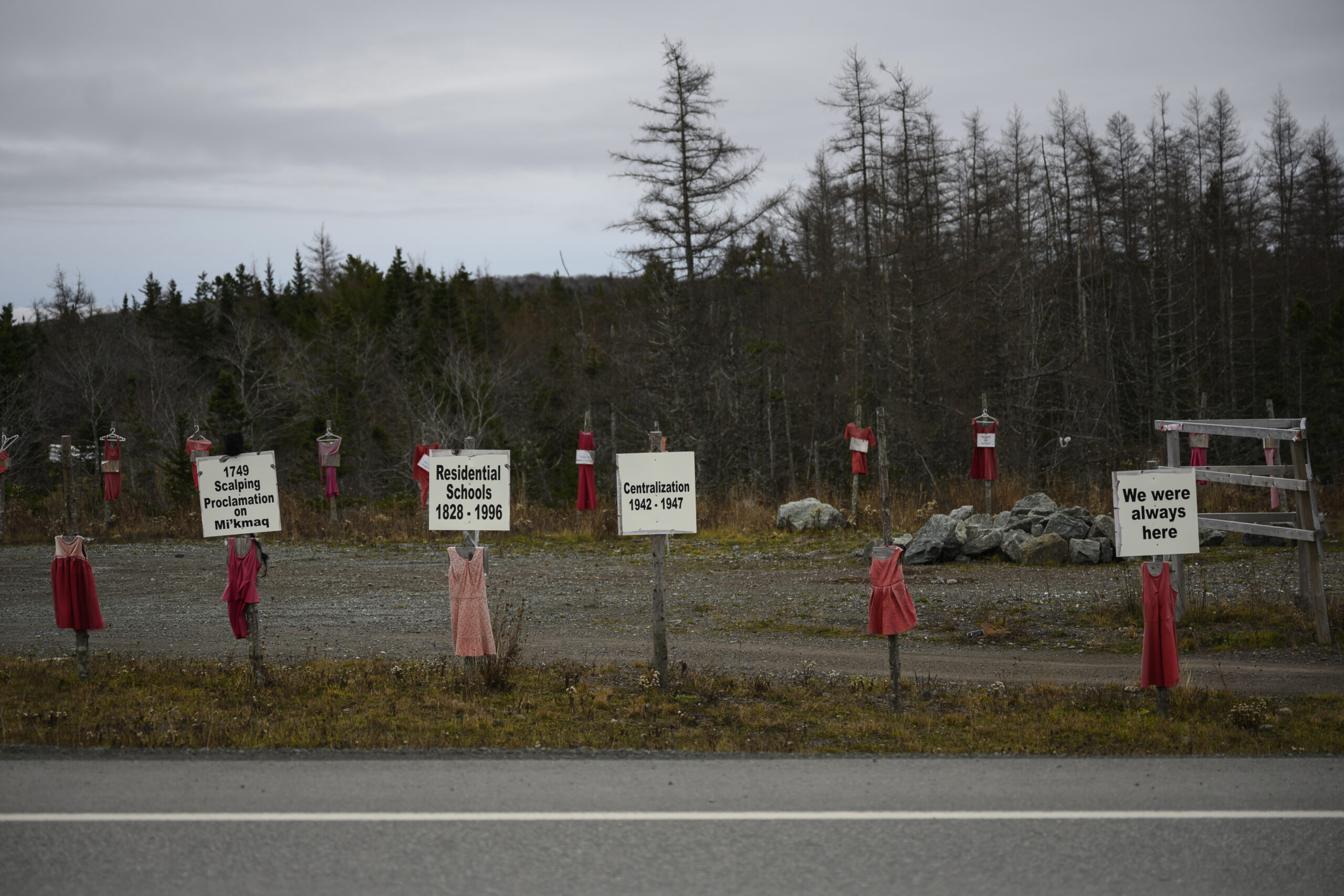
In her 2022 doctoral thesis, Denny proposed a few possible frameworks for Mi’kmaw fisheries governance, one of which is Indigenous communities making joint decisions with Fisheries and Oceans Canada. To move forward, communities may need to work with the department, in spite of their differences. “I think there’s that understanding that if we want to improve fisheries management, [the federal government] better start thinking of doing things differently and sharing that power,” Denny says.
According to Paul, negotiator for the Wolastoqey Nation, any real implementation of treaty rights will require recognition of First Nations’ management authority. This authority includes developing commercial harvesting plans, monitoring fishing activities and fish populations, and providing enforcement. So far, negotiations have been unsuccessful, in part, Indigenous advocates say, because Indigenous governance is not within Fisheries and Oceans Canada’s mandate. That’s why, in July 2022, the Senate gave Fisheries and Oceans one year to transfer negotiations over moderate livelihood fisheries to Crown-Indigenous Relations and Northern Affairs Canada.
In a response to the Senate report, however, Joyce Murray, who was then the minister of Fisheries, Oceans and the Canadian Coast Guard, rejected the suggestion, saying the department’s “regulation of rights-based fisheries is consistent with my statutory powers, duties, and functions under the Fisheries Act.” Diane Lebouthillier replaced Murray as minister in late July; she has not yet waded into the moderate livelihood issue publicly.
In a statement, the Senate committee expressed disappointment in Murray’s response and wrote, “the government’s stubborn insistence on the status quo is disrespectful to First Nations still trying to assert their rights almost a quarter century after Canada’s highest court affirmed them.”
There’s another wrinkle here, one that limits how much everyone can fish. In 1999, just two months after ruling in the Marshall decision, Canada’s Supreme Court issued a rare clarification. Colonial governments do have the power to limit treaty rights, the court decided, but only for conservation or other “substantial public objectives,” such as maintaining economic fairness or recognizing the historical reliance on the fishery by non-Indigenous groups.
Legally speaking, protecting the health of fish populations takes priority. Once that’s ensured, fish can be allocated to Indigenous fisheries, then to fishing by non-Indigenous people.
As a result, implementing the Marshall decision requires stepping out of the courtrooms and fishing boats and into the ecosystem to make sure that Atlantic Canada’s coveted marine populations, including lobster and eels, can sustain the harvest.
During the most recent conflicts, both Fisheries and Oceans Canada and commercial fishers used conservation to justify opposing Indigenous fishing. When Sipekne’katik launched their moderate livelihood fishery for lobster in 2020, for example, many non-Indigenous commercial harvesters objected to fishing outside the commercial season and quota, citing concerns for the lobster population. But those concerns were unfounded, according to multiple scientists. The department’s most recent assessment of the lobster populations in Atlantic Canada also found that all are healthy.
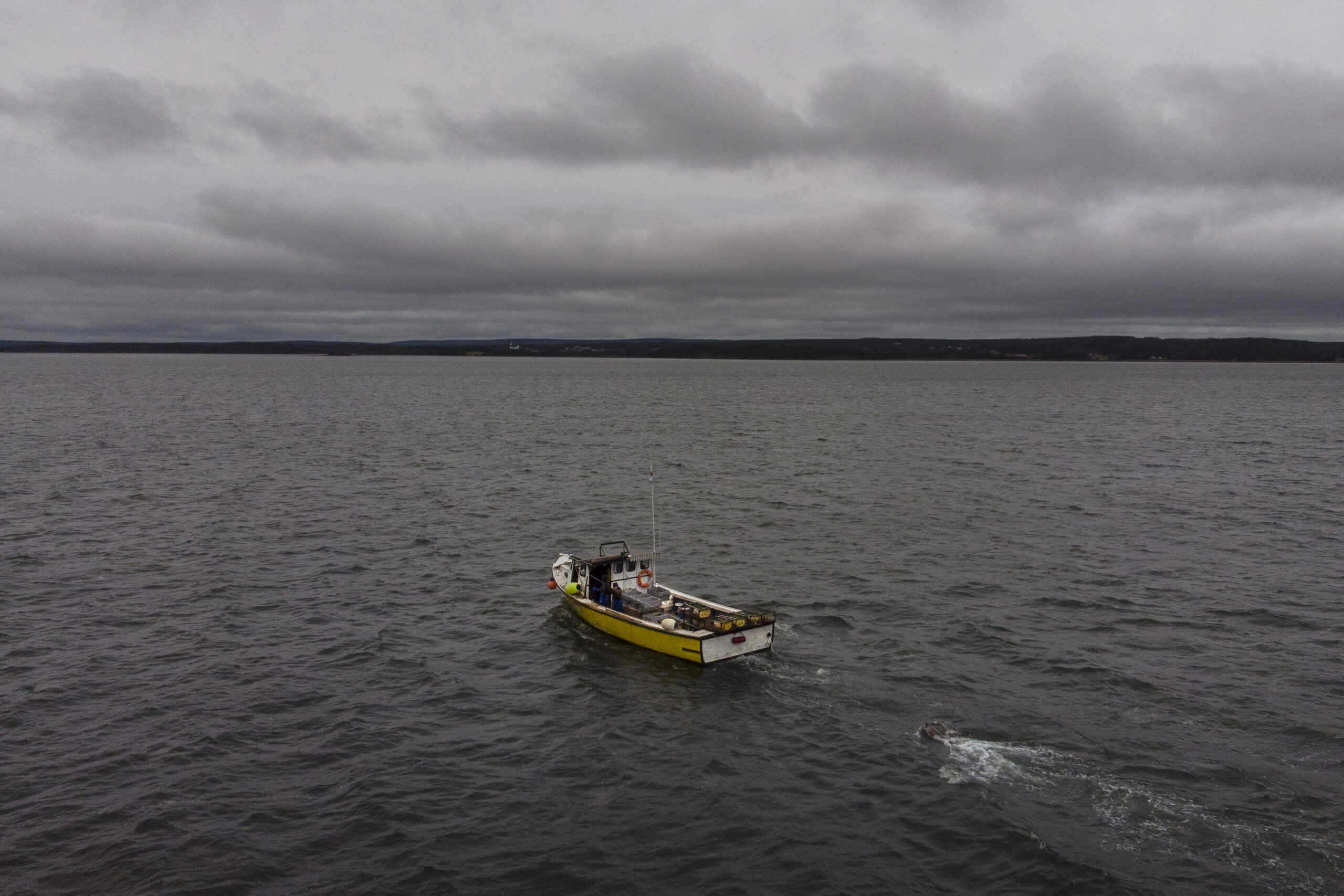
For elvers, the situation is more complicated. American eels are in steep decline throughout their range, which stretches from Greenland to South America, including in rivers in New Brunswick and Nova Scotia. Elvers can be caught easily from the riverbank with a simple net and the catch is extremely valuable—both increase the risks of overfishing. But Fisheries and Oceans Canada doesn’t monitor eel populations in every river where they’re fished. Instead, the department uses data from a single “index” river in Nova Scotia to estimate the health of elvers across the region. Most concerning, though, is that eels take 10 to 25 years to mature, meaning that the impacts of current fishing levels won’t be clear for decades.
Ultimately, Fisheries and Oceans Canada appears determined to continue to manage fishing with commercial licenses. In a statement, the department said: “Conservation is our highest priority and we are working with First Nations to advance their Supreme Court–affirmed treaty right to fish.” The statement continued that the “willing buyer–willing seller [approach] creates predictability in the fishery and allows all harvesters to adequately plan and prepare for fishing seasons, and ensures conservation by not increasing fishing effort.”
But Indigenous leaders say allowing First Nations to be more actively involved in governance would lead to fisheries decisions that are guided by Indigenous value systems and ecosystem health, rather than the current focus on catching as many fish as possible.
Denny says this could be accomplished by changing federal policies to allow First Nations to govern their own fisheries alongside those administered by Fisheries and Oceans Canada, a kind of coexistence that harkens back to the original treaty relationship.
“There needs to be discussion, there needs to be sharing, there needs to be responsibility,” she says. “And these things are well within the Mi’kmaw value system.”
Respecting First Nations’ sovereignty will require more difficult conversations about who gets access to the region’s rich resources—and how those decisions are made. But Indigenous advocates say the process can’t take another 25 years.
Get the inside scoop on The Narwhal’s environment and climate reporting by signing up for our free newsletter. A $335 million funding commitment to fund...
Continue reading
Danielle Smith’s separation rhetoric has been driven by the oil- and secession- focused Free Alberta...

Canada’s first-ever Indigenous governor general doesn’t play favourites among our majestic natural wonders, but she...

In Alberta, a massive open-pit coal mine near Jasper National Park is hoping to expand...
